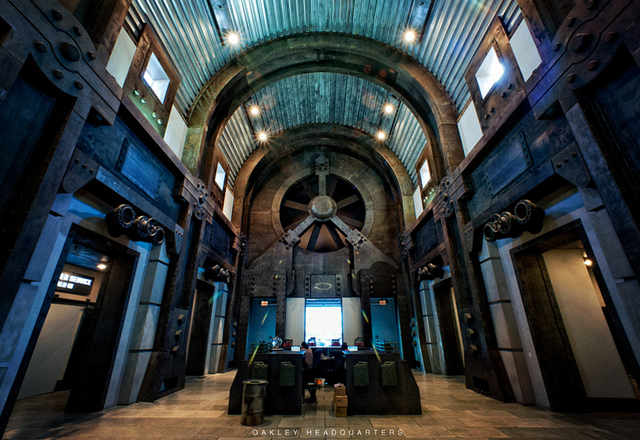Retailers going omnichannel pass on tech benefits to customers

In-store customers account for 50% of all eCommerce activity, research by Salesforce found, so closing the online-offline gap is critical for customer experience.
In response, retailers pursuing omnichannel with Retail Pro are turning their technology gains into customer-facing conveniences for unified commerce that puts shoppers first.
Here are three ways you can pass on the benefits of full data visibility in Retail Pro to your customers.
1: Show store inventory availability online
79% of shoppers research products online before buying in stores. Analysts are calling the trend ROPO – Research Online, Purchase Offline.
With so many shoppers choosing this blended approach to shopping, you can use your inventory data in Retail Pro to give customers online visibility into a product’s availability at their local store and secure the sale.
2: Make personalized recommendations
Though personalized recommendations generate only 7% of online visits, they result in 26% of online conversions – well worth the effort.
You can analyze customer history data in Retail Pro to personalize your marketing with recommendations based on items they recently or frequently purchased.
Effective recommendations are those that complement what the shopper already purchased from you, rather than simply other iterations of items the shopper has already browsed or bought.
3: Blend channels into one holistic shopping experience
For on the go consumers, the real shopping is done on your website.
They see your store as a fulfillment center where they will try on or pick up what’s needed on their way to do other things.
Integrated ecommerce and store POS can help you create a streamlined experience for these busy shoppers: shoppers can plan ahead and fill up their online shopping cart, and then access it at your store POS to complete the purchase and get the goods.
Omnichannel at Kanmo Group
Kanmo Group took this kind of holistic approach to managing data with Retail Pro Prism.
“To truly benefit from our omnichannel strategy, Kanmo Group has to look beyond simply engaging customers through offline and online means. When you look at the customer behavior in Southeast Asia, you will see that shoppers love to fill up their basket online – but they still prefer to complete the purchase in physical stores,” commented Bhavin Patel, Omnichannel Director of Kanmo Group. “We want to give our customers flexibility to collect and check out the ‘basket’ they created by communicating with a salesperson or through the real-time Retail Pro Prism POS system.”

Customers can fill up their shopping cart online. If they are in the area, they might choose to visit a nearby Justice store and complete their purchase there.
Going Omnichannel with Retail Pro Prism
Retailers pursuing omnichannel are taking on the monumental task of integrating all their data sources into a 360 degree view of their business.
With full integrability in the Retail Pro platform, omnichannel is becoming attainable reality rather than simply rhetoric.
Accurate, real-time communications in Retail Pro help you keep your inventory and customer information up to date across the entire business, so you can make better decisions from holistic, integrated business insights.
Whether you’re leveraging Retail Pro for your brand stores, ecommerce, kiosks, outlets, franchises, store-in-store, or pop-ups, Retail Pro is one solution for all your retail and helps you unify commerce in a way that puts shoppers first.
To see what it will take to unify commerce with Retail Pro Prism in your business, contact your Retail Pro Business Partner or request a demo today.










